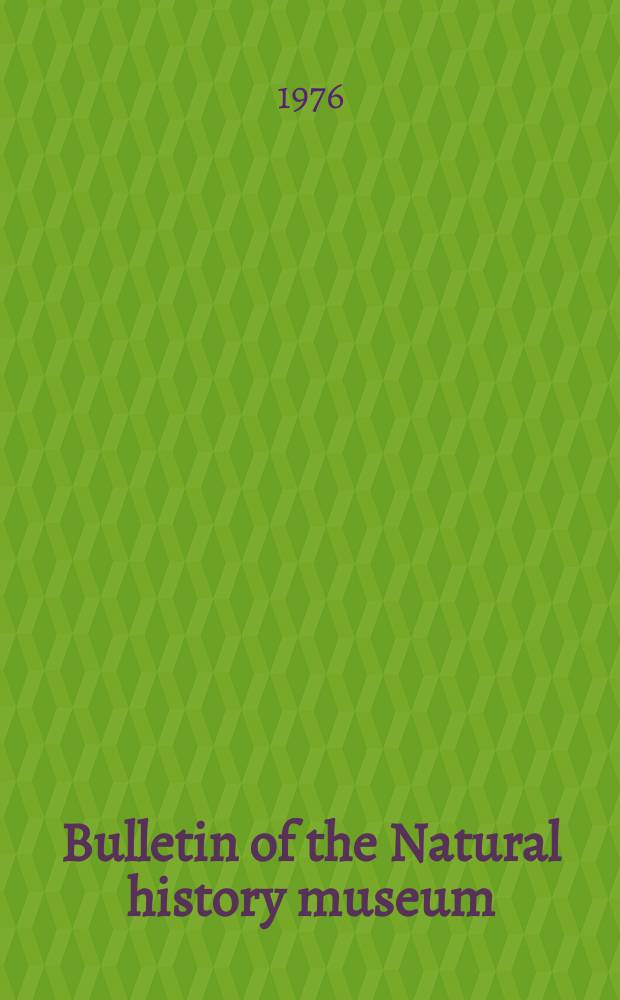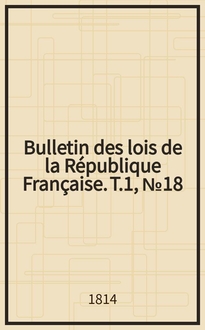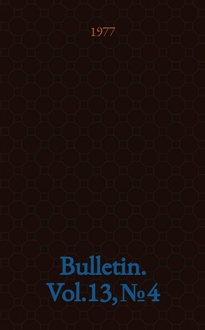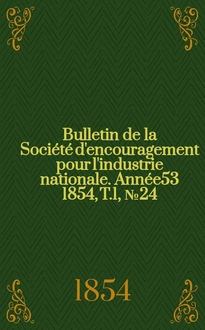Science Bulletins: Neanderthal DNA Sequenced
Two teams of scientists have succeeded in decoding large parts of the Neanderthal genome, a breakthrough feat. Earlier attempts ...
American Museum of Natural History
Science Bulletins: Ancient Humans Get a Genetic 'Census'
A new analysis of the DNA of modern humans has revealed the population size of our ancestors living 1.2 million years ago: just ...
American Museum of Natural History
Science Bulletins: Scientists Save Penguin Chicks
African penguins are critically endangered, their colonies reduced by 70 percent in the last decade. Commercial fishing is to ...
American Museum of Natural History
Science Bulletins: Introducing the Denisovans
New research led by scientists at Germany's Max Planck Institute for Evolutionary Anthropology confirms that a 40000-year-old ...
American Museum of Natural History
Science Bulletins: The Transit of Venus
For a handful of hours in June 2012, Venus's orbit carried it directly across the face of the Sun, providing a spectacular backlit view ...
American Museum of Natural History
Science Bulletins: The Rise of Fire
Wildfires, whether ignited by lightning or people, show global patterns that are visible to satellites. In the United States, fire is ...
American Museum of Natural History
Science Bulletins: Deadly Larvae Lure Predators
Amphibians that try to feed on the larvae of the Epomis beetle will find that they've bitten off more than they can chew. Rather than ...
American Museum of Natural History
Science Bulletins: Did Extra Genes Shape Our Family Tree?
Chimpanzees are the closest living relatives to humans, sharing a surprising 98.8 percent of our DNA. How can we be so ...
American Museum of Natural History
Science Bulletins: In Search of Wild Variety
To help build the catalog of life, biologists at AMNH search the globe for species that have never been scientifically described.
American Museum of Natural History
Science Bulletins: Decoding the DNA of Extinct Species
Caves were important refuges for humans and animals that coexisted during the late Pleistocene, the epoch of ice ages that ...
American Museum of Natural History
Science Bulletins: Brain Evolution—The Sweet Smell of Success
A good sense of smell may have contributed to the development of certain kinds of social functions in Homo sapiens, according to ...
American Museum of Natural History
Science Bulletins: Inside the Teenage Brain
More and more, neuroscientists are finding evidence that the brains of adolescents are wired differently than adults'. Functional ...
American Museum of Natural History
Science Bulletins: Abuse Lingers in the Genes and Brain
By studying both rats and humans, a team of biologists from Montreal, Canada and Singapore has uncovered a link between ...
American Museum of Natural History
Science Bulletins: The Oil Spill's Other Victims
http://amnh.org/rc10 Beyond oil-coated pelicans, the Gulf spill imperils many lesser-known species such as marsh grasses, ...
American Museum of Natural History
Tshwane Bulletin Explores Artefacts at Ditsong Natural History Museum
Tshwane Bulletin's Prudance Silinda visited the Ditsong National Museum of Natural History to explore the museum and learn ...
Tshwane Bulletin LIVE
Science Bulletins: Egg Patterns Identify Intruders
When cuckoos lay eggs in other birds' nests, they produce eggs similar in color and pattern to the hosts' own. With the help of a ...
American Museum of Natural History
Science Bulletins: New Malaria Map
The international Malaria Atlas Project has created the most complete map of malaria risk in four decades. The team analyzed ...
American Museum of Natural History
Science Bulletins: Eight New "Natural Wonders" Listed
In July, the United Nations Educational, Scientific, and Cultural Organization (UNESCO) added eight new natural sites to its World ...
American Museum of Natural History
National Museum for Natural History officially opens today
The National Museum for Natural History officially opens today to the public! Here's a sneak peek.
Manila Bulletin
Science Bulletins: The Final Voyage of Enterprise
Shuttle Orbiter Enterprise was the first of NASA's space shuttles. Its original name, "Constitution", commemorated the United ...
American Museum of Natural History
Science Bulletins: Gamma-Ray Bursts—Flashes in the Sky
Gamma-ray bursts—flashes of intense radiation in space that are often just seconds long—were accidentally discovered in the ...
American Museum of Natural History
Science Bulletins: On the Hunt for a Balanced Diet
Biologists had long assumed that predators were more concerned with the quantity of their food than the quality, but a recent study ...
American Museum of Natural History
Science Bulletins: Toxic Sludge Caught on Satellite
In what may have been the most devastating ecological disaster in Hungary's history, on October 4, 2010, a river of red sludge ...
American Museum of Natural History
Science Bulletins: Whales Give Dolphins a Lift
Many species interact in the wild, most often as predator and prey. But recent encounters between humpback whales and ...
American Museum of Natural History
Science Bulletins: CT Scans Help Poached Rhinos
South Africa is home to more than 80 percent of Africa's remaining rhinoceroses, most of which live in national parks and reserves.
American Museum of Natural History
Yoga enthusiasts participate in yoga session at National Museum of Natural History
Yoga enthusiasts participate in the second of four yoga sessions entitled Bunyi (the feeling of great joy) conducted by the National ...
Manila Bulletin
Science Bulletins: Mapping Microbes in the Human Body
The Human Microbiome Project, an initiative of the National Institutes of Health, is cataloguing trillions of microbes that live within ...
American Museum of Natural History
Science Bulletins: Shrinking Glaciers—A Chronology of Climate Change
Analysis of Earth's geologic record can reveal how the climate has changed over time. Scientists in New Zealand are examining ...
American Museum of Natural History
AMAZING jewelled meteor at the natural history museum
The Esquel pallasite, meteorite composed of gem-quality olivine crystals embedded in metal.
Explore with Sarah Louise
Science Bulletins: Seeking Spiders—Biodiversity on a Different Scale
Recognizing the tiny species of any ecosystem is hugely important for defining its overall diversity. But miniscule forms of life are ...
American Museum of Natural History
Science Bulletins: Our Ancient Relatives Born with Flexible Skulls
A new study of the skull of an early hominin child provides a better understanding of the evolutionary timeline for modern human ...
American Museum of Natural History
Science Bulletins:Tuberculosis's Hidden Strategy
Tuberculosis can linger for years, but usually carries no symptoms. Scientists from the International Center for Genetic ...
American Museum of Natural History
Science Bulletins: 3D Tech Brings Isolated Fossil to Light
In 1993, spelunkers came across an extraordinary find in the farthest chamber of a winding underground cave near the town of ...
American Museum of Natural History
Science Bulletins: Deep-Sea Cephalopods Hide Using Light
Many kinds of octopus, cuttlefish, and squid are masters of disguise. They conceal themselves using ...
American Museum of Natural History
Science Bulletins: Curiosity Rover Heads for Mars
The biggest and most technically advanced rover to date is on its way to Mars. In the latest Astro Bulletin from the Museum's ...
American Museum of Natural History
Jormungandr Walhallaensis
shorts #skull #Jormungandr walhallaensis #mosasaur #time Palaeontologists have discovered a new type of extinct sea beast ...
Wiredhippie
Science Bulletins: Fire Ants Raise Brazilian Butterflies
When researchers in Brazil studied the early larval stages of the butterfly Aricoris propitia, they discovered that the larvae had ...
American Museum of Natural History
Science Bulletins: Ardi Unveiled
Fifteen years after the first fragments of a nearly complete skeleton of Ardipithecus ramidus were found in Ethiopia's fossil-rich ...
American Museum of Natural History
Science Bulletins: Seeking Signs of Another Universe
If other universes exist, how could we notice them? A new study by British and Canadian astrophysicists points to a radiation map ...
American Museum of Natural History
Treasure To Meet You | John J. Borg - Senior Curator for Natural History EN
History repeats itself. This fragment of a jaw of a Maltese Dwarf Elephant may foretell the future. Senior Curator for Natural History, ...
Heritage Malta
Science Bulletins: Thinking in Symbols
Modern human culture underwent a "creative explosion" in Ice Age Europe 40000 to 10000 years ago. The evidence, which ...
American Museum of Natural History
สัตว์ที่ไม่มีวันตาย มีจริงหรือ #factvariety #turritopsisdohrnii #อมตะ #แมงกะพรุน #ย้อนวัย
แมงกะพรุน Turritopsis dohrnii สามารถย้อนวัยตัวเองได้! Sources: Animal Fact Files Natural History Museum oceanconservancy.org ...
Fact Variety


























































